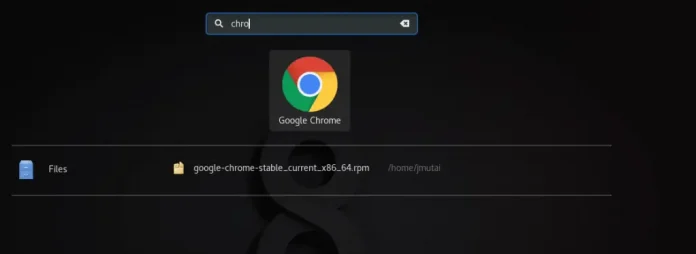Python dictionary fromkeys() function returns the dictionary with key mapped and specific value. It creates a new dictionary from the given sequence with the specific value.
Python Dictionary fromkeys() Method Syntax:
Syntax : fromkeys(seq, val)
Parameters :
- seq : The sequence to be transformed into a dictionary.
- val : Initial values that need to be assigned to the generated keys. Defaults to None.
Returns : A dictionary with keys mapped to None if no value is provided, else to the value provided in the field.
Python Dictionary fromkeys() Method Example:
Python3
seq = ('a', 'b', 'c')print(dict.fromkeys(seq, None)) |
Output:
{'a': None, 'b': None, 'c': None}
Example 1: Demonstrating the working of fromkeys()
Python3
seq = {'a', 'b', 'c', 'd', 'e'}# creating dict with default values as Noneres_dict = dict.fromkeys(seq)print("The newly created dict with None values : " + str(res_dict))# creating dict with default values as 1res_dict2 = dict.fromkeys(seq, 1)print("The newly created dict with 1 as value : " + str(res_dict2)) |
Output :
The newly created dict with None values : {'d': None, 'a': None, 'b': None, 'c': None, 'e': None}
The newly created dict with 1 as value : {'d': 1, 'a': 1, 'b': 1, 'c': 1, 'e': 1}
Behavior of Python Dictionary fromkeys() Method with Mutable objects as values, fromdict() can also be supplied with the mutable object as the default value. But in this case, a shallow copy is made of the dictionary, i.e. if we append a value in the original list, the append takes place in all the values of keys.
Prevention: Certain dictionary comprehension techniques can be used to create a new list of key values, that do not point to the original list of values of keys.
Example 2: Demonstrating the behavior with mutable objects
Python3
seq = {'a', 'b', 'c', 'd', 'e'}lis1 = [2, 3]res_dict = dict.fromkeys(seq, lis1)# Printing created dictprint("The newly created dict with list values : " + str(res_dict))# appending to lis1lis1.append(4)print("The dict with list values after appending : ", str(res_dict))lis1 = [2, 3]print('\n')# using fromkeys() to convert sequence to dict# using dict. comprehensionres_dict2 = {key: list(lis1) for key in seq}# Printing created dictprint("The newly created dict with list values : " + str(res_dict2))# appending to lis1lis1.append(4)# Printing dict after appending# Notice that append doesnt take place now.print("The dict with list values after appending (no change) : ", str(res_dict2)) |
Output:
The newly created dict with list values : {'d': [2, 3], 'e': [2, 3], 'c': [2, 3], 'a': [2, 3], 'b': [2, 3]}
The dict with list values after appending : {'d': [2, 3, 4], 'e': [2, 3, 4], 'c': [2, 3, 4], 'a': [2, 3, 4], 'b': [2, 3, 4]}
The newly created dict with list values : {'d': [2, 3], 'e': [2, 3], 'c': [2, 3], 'a': [2, 3], 'b': [2, 3]}
The dict with list values after appending (no change) : {'d': [2, 3], 'e': [2, 3], 'c': [2, 3], 'a': [2, 3], 'b': [2, 3]}
Example 3: Python Dictionary fromkeys() with an empty list
Python3
# Python3 code to demonstrate# to initialize dictionary with list# using fromkeys() # using fromkeys() to constructnew_dict = dict.fromkeys(range(4), []) # printing resultprint ("New dictionary with empty lists as keys : " + str(new_dict)) |
Output:
New dictionary with empty lists as keys : {0: [], 1: [], 2: [], 3: []}




